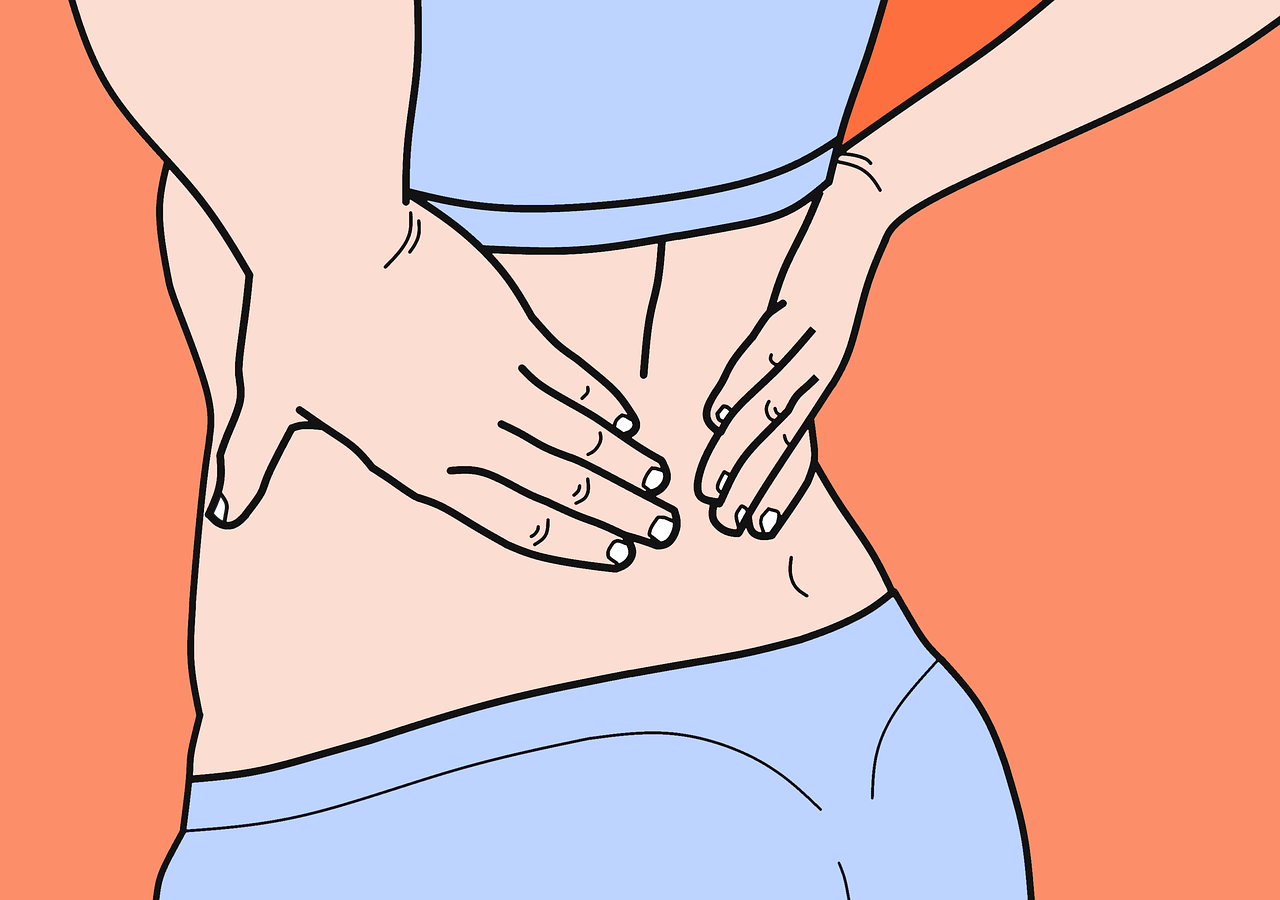Many individuals experience back pain at some juncture. Some of them try to live with it, while others seek treatment. However, only some of them ever figure out what’s wrong, and only some ever find a real pain alleviation method.
We’ll break down some back pain causes, signs that something is wrong, and we’ll also talk a little about treatment options.
What Might Cause Your Back Pain?
If you want to know what’s causing your back pain, you should first go for a doctor consultation. A spinal specialist can take a look at you and determine some possible causes. They might send you for an X-ray to try to determine if it’s a fracture or soft tissue injury.
Some possible back pain causes include:
- An annular disk tear
- Disc herniation
- Bone spurs
The natural aging process can cause annular disk tears. A person’s back and neck bear most of their body weight. Over time, an annular tear can occur, which can be an acute pain cause.
An individual may suffer disc herniation when they exert too much force on an intervertebral disk. When you herniate a disk, the disk material leaves the normal disk space confines. A doctor might call this a disk rupture, herniation, slipped disk, etc. This is probably another acute pain situation.
A person might “remodel” their spinal bones because of increased joint pressure. Doctors call this bone remodeling or restructuring bone spurs. Bone spurs don’t always cause pain, but sometimes they do.
Other Possible Back Pain Causes
There are some other potential back pain causes. Some additional ones might include:
- Degenerative Disk Disease
- Bursitis
Medical professionals often call weakening disks degenerative disk disease. These vertebral disks cushion and protect the vertebrae. They might break down as you age, or an injury can cause them. Again, pain usually indicates this occurrence.
In your body are small, fluid-filled pads that the medical community calls bursae. They cushion bony projections, muscles, and tendons. Bursitis occurs when these pads do not function properly. You might experience either acute or chronic painful bursitis inflammation.
How Can You Tell That You Have a Back Problem?
There are several possible back problem indicators. Pain is the most obvious one. Almost everyone experiences a little back pain from time to time.
If you’ve had back pain for more than ten days in a row, it’s time to see your doctor. In the meantime, you might use some over-the-counter pain meds, heat pads, or ice packs for pain treatment.
See a doctor if you experience pain, but also leg numbness or tingling. See one if your legs or feet feel weak, or if you have bladder control issues or a fever along with back pain. These often indicate possibly serious spinal conditions.
How Do Doctors Treat Back Pain?
If you experience chronic or acute back pain, the first thing a doctor will do is try to determine what is wrong. They might run tests to figure out if it’s one of the conditions we described. They might also look for things like spondylosis, spondylitis, spinal stenosis, fractures, segmental instability, or facet syndrome.
Once they think they know what is happening with you, you can discuss some treatment options. Most doctors will want to avoid surgery if at all possible.
That’s true of any body part, but especially when it’s a spinal issue. If a surgeon makes a mistake, you risk paralysis.
They might recommend physical therapy or give you an epidural. They may give you some more powerful prescription pain meds.
However, they usually exercise caution with more powerful pain meds since they have addictive properties. Many people have died because of the opioid epidemic, and you don’t want to become a statistic.
Many times, you’ll have to try multiple back pain solutions if the first one doesn’t do the job. You might look into regenerative medical options, like prolotherapy, microfragmented adipose injections, platelet-rich plasma injections, or stem cell therapy.
Most of these can speed up the healing process and alleviate your pain faster than some former treatment methods. Regenerative medicine is an emerging science, and many doctors think it can help patients immensely in the coming years.
If you experience chronic or acute back pain, you don’t just have to live with it. You can seek medical help, figure out what is wrong, and look into some viable treatment options. This is a much better solution than suffering stoically because you think that’s how things have to be.






